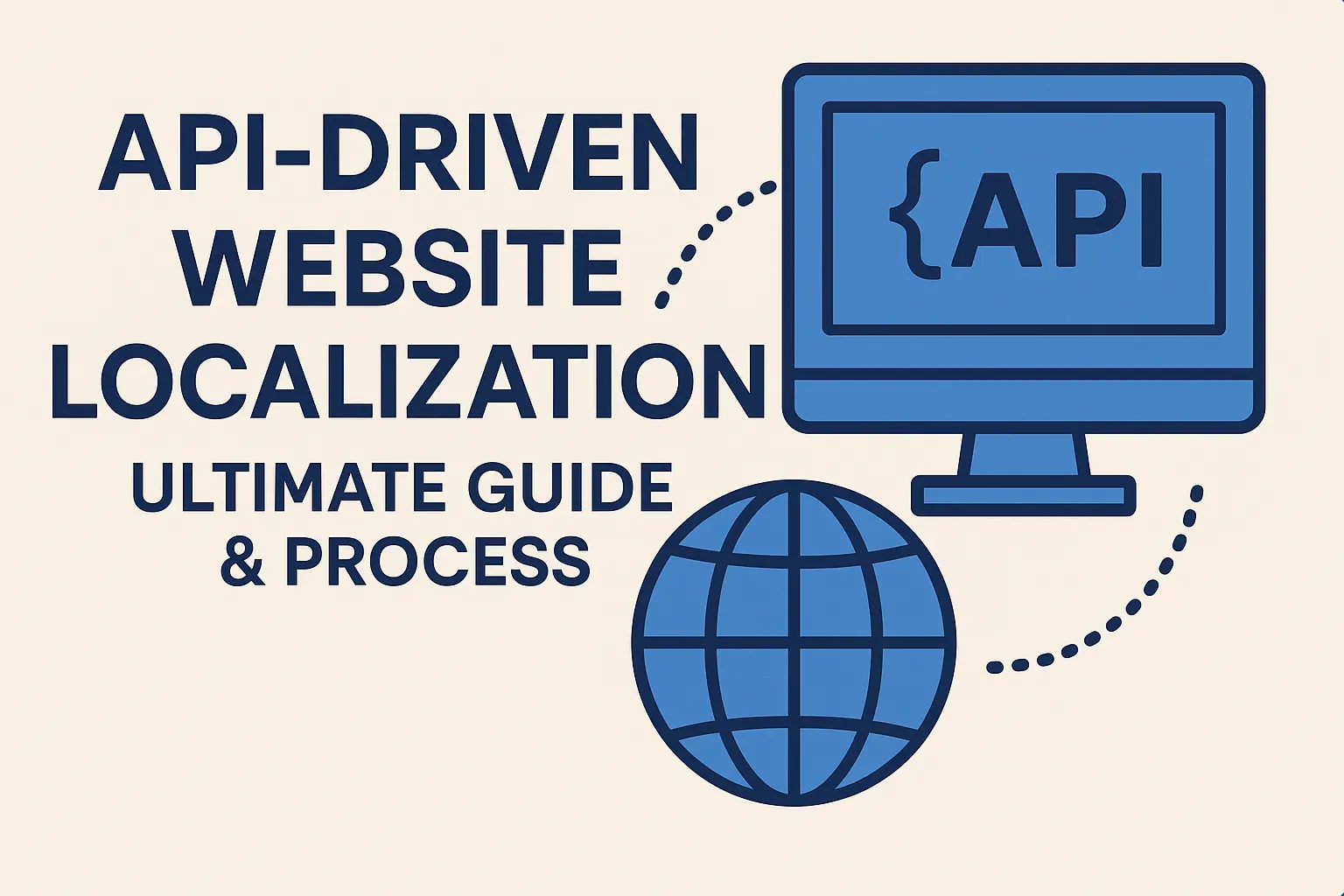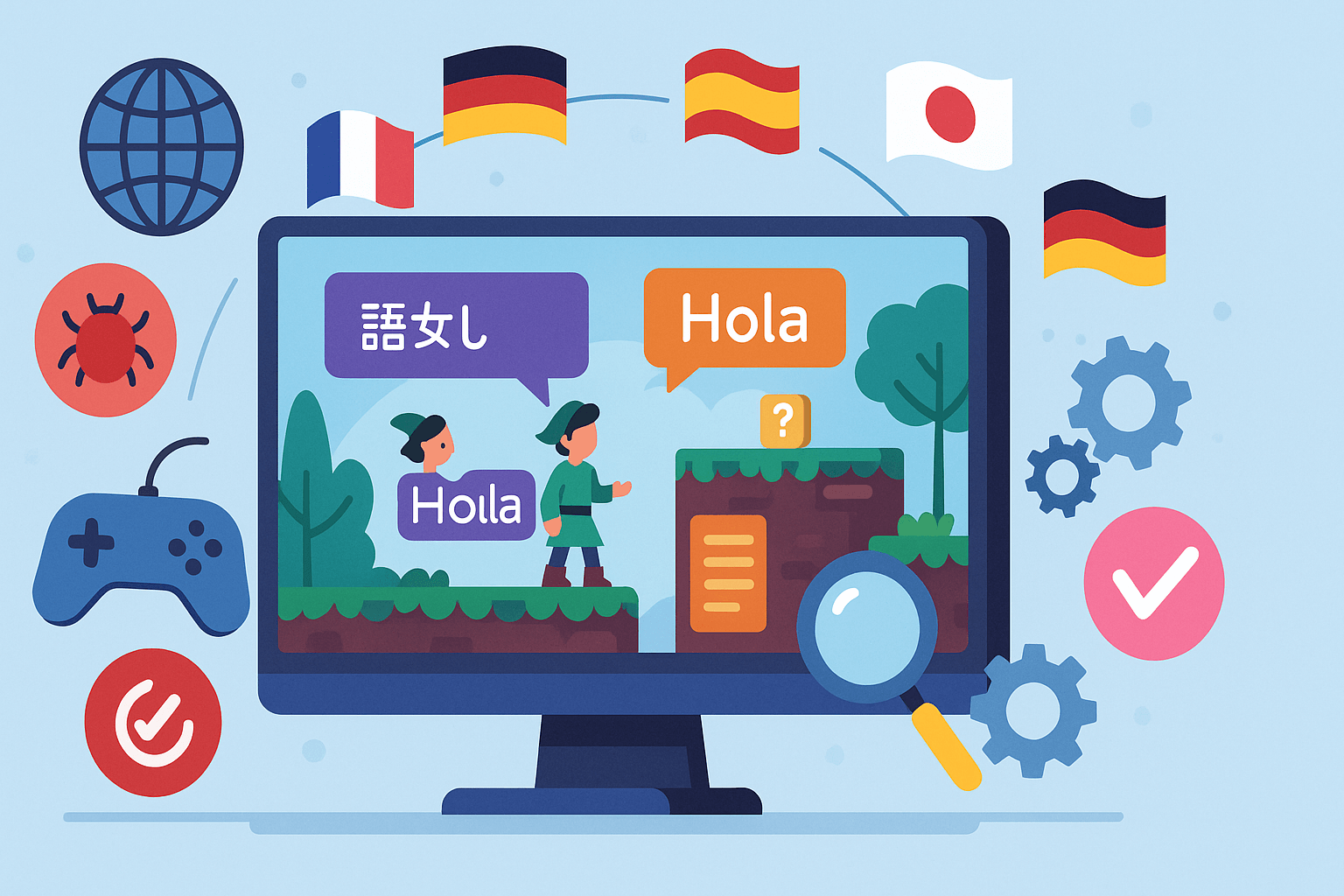Neural Machine Translation (NMT) is a groundbreaking paradigm in language translation, harnessing the power of deep learning and neural networks to attain remarkable precision and approach naturalness in converting text across different languages. In contrast to conventional rule-based or statistical machine translation approaches, NMT relies on artificial intelligence (AI) and advanced deep learning methods to understand and produce translations that closely resemble human language. A key contributor to the evolution of NMT is Google, particularly through its Google Neural Machine Translation (GNMT) system. This system has played a pivotal role in pushing the boundaries of translation quality and efficiency, demonstrating the potential of neural networks to comprehend and generate contextually rich translations. NMT’s ability to capture intricate linguistic nuances and contextual information has made it a transformative force in the field of language translation, paving the way for more accurate and natural cross-language communication.
How Does Neural Machine Translation Work?
Neural Machine Translation is based on the encoder-decoder architecture, employing neural networks to translate text between languages. In this framework, the encoder processes the input text, creating a representation that captures its semantic meaning. Recurrent Neural Networks (RNNs) were initially popular for this task, but attention mechanisms, especially in Transformer models like those in TensorFlow, have gained prominence.
During the training phase, extensive parallel datasets containing corresponding sentences in different languages are utilized. These datasets enable the model to learn the intricate relationships between words and phrases in source and target languages. The encoder-decoder translation architecture, with attention mechanisms, allows the model to focus on relevant parts of the input sequence when generating the output sequence, enhancing its ability to handle long-range dependencies. This learning process enables the network to generalize translation patterns, facilitating accurate translations for previously unseen phrases. The continuous advancement of NMT models contributes to the improvement of automated translation systems.
What are the Functions of NMT?
NMT serves a multitude of functions beyond the basic translation of words. Its ability to understand context and nuances in language allows for the text generation of coherent and contextually relevant translations. The technology also excels in handling various language pairs simultaneously, giving rise to the concept of multilingual neural machine translation. Furthermore, NMT can perform zero-shot translation, meaning it can translate language pairs it has never seen during training. This versatility makes NMT a powerful tool for applications ranging from global communication and content localization to breaking language barriers in international business.
Advantages and Disadvantages of Neural Machine Translation
- Neural Machine Translation (NMT) offers undeniable advantages in the realm of automated language translation. Leveraging deep learning and neural networks, NMT produces translations that exhibit improved contextual accuracy, fluency, and naturalness compared to earlier machine translation methods. The ability to capture intricate linguistic relationships allows NMT to excel in conveying nuanced meanings and producing more coherent output.
- However, NMT comes with its share of challenges. The computational demands of neural networks are substantial, often requiring the use of powerful GPUs for efficient processing. This computational intensity can be a barrier for resource-constrained environments. Despite significant progress, NMT may still face difficulties with idiomatic expressions, cultural subtleties, or ambiguous phrases, necessitating ongoing refinement. The need for vast amounts of high-quality training data is another limitation, as the model’s performance is heavily dependent on the breadth and diversity of the data it learns from. In conclusion, while NMT represents a transformative leap in machine translation, addressing its computational requirements and refining its handling of linguistic nuances remains a priority for further advancement.
NMT vs. Human Translators: Bridging the Gap
Information swiftly, proving invaluable for extensive translation projects. Yet, the distinction between NMT and human translators is crucial. While NMT excels in speed and consistency, human translators bring an unparalleled grasp of cultural intricacies, idiomatic expressions, and nuanced contextual interpretations. Machines struggle to replicate the intuitive understanding that humans possess. An optimal strategy emerges from a collaborative synergy, where NMT complements human translators by managing routine and repetitive tasks.
This partnership allows human professionals to concentrate on the intricate linguistic facets requiring cultural acumen and nuanced sensitivity, thereby bridging the gap between the efficiency of machines and the profound understanding inherent in human translation. The blend of artificial intelligence and human expertise creates a synergy that harnesses the strengths of both for a more comprehensive and refined translation process.
Use Cases for Neural Machine Translation
Neural machine translation example; a transformative technology with diverse and impactful applications. It revolutionizes global communication platforms such as Google Translate, enabling users to seamlessly bridge language gaps. NMT’s ability to process vast amounts of information swiftly is particularly crucial in scenarios where real-time translation is paramount, such as international conferences or customer support interactions. Beyond these practical applications, NMT plays a significant role in breaking down language barriers on the internet, fostering cross-cultural interactions, and promoting the global dissemination of information.
It enhances accessibility to diverse content, contributing to the democratization of information and knowledge. In the business realm, NMT facilitates multilingual content generation, allowing companies to effortlessly reach and engage with a broader international audience. As a powerful tool for enhancing communication and understanding, NMT continues to reshape the landscape of global interactions and information exchange, proving indispensable in our interconnected and multilingual world.
Why Neural Machine Translation is Considered the Future of Machine Translation?
Undoubtedly, the future of machine translation is intricately intertwined with the rapid advancements in neural machine translation. Leveraging deep learning, NMT stands as the vanguard of translation technology evolution, continually enhancing its precision, fluency, and contextual comprehension. As artificial intelligence progresses, particularly in the domain of neural networks, NMT is poised for further refinement, promising breakthroughs in bridging linguistic gaps with unprecedented efficacy. Ongoing research and development efforts are anticipated to propel NMT into an indispensable role within the globalized digital landscape, where seamless communication across diverse languages becomes a paramount necessity. The trajectory of NMT suggests a future where language barriers are dismantled with heightened accuracy, offering a transformative force in fostering cross-cultural understanding and collaboration on a scale previously unattainable.
Conclusion
Neural Machine Translation stands at the forefront of the translation landscape, revolutionizing the way we communicate across languages. Google’s contributions to the field, particularly through Google Neural Machine Translation, have propelled the technology to new heights. While NMT offers unparalleled advantages in terms of efficiency and accuracy, it is essential to acknowledge its current limitations.
The synergy between machine translation and human expertise holds the key to unlocking the full potential of language translation technology, ensuring that our globalized world remains interconnected and accessible across linguistic boundaries. As we navigate the complexities of language, NMT continues to lead the charge into a future where communication knows no linguistic barriers.
Subtitles

Professional and Accurate Subtitle Services for your Videos.
- Video subtitles specifically tailor-made for improving accessibility.
- Using highly experienced subtitlers with years of industry experience.
- Professionally written and expertly timed.
Translation

We help the world’s top companies translate their content in over 73 languages!
- We localize content for internet websites, games, travel, cryptocurrencies, and more
- Expand your global audience by adding different languages.
- We work only with qualified translators and experienced content creators
Audio translation

Ensuring full accessibility for Blind and visual impaired audiences.
- Visual descriptive events as they occur in the video.
- Working with top audio describers to perfectly describe what is happening on-screen
- Professional sound recording.















